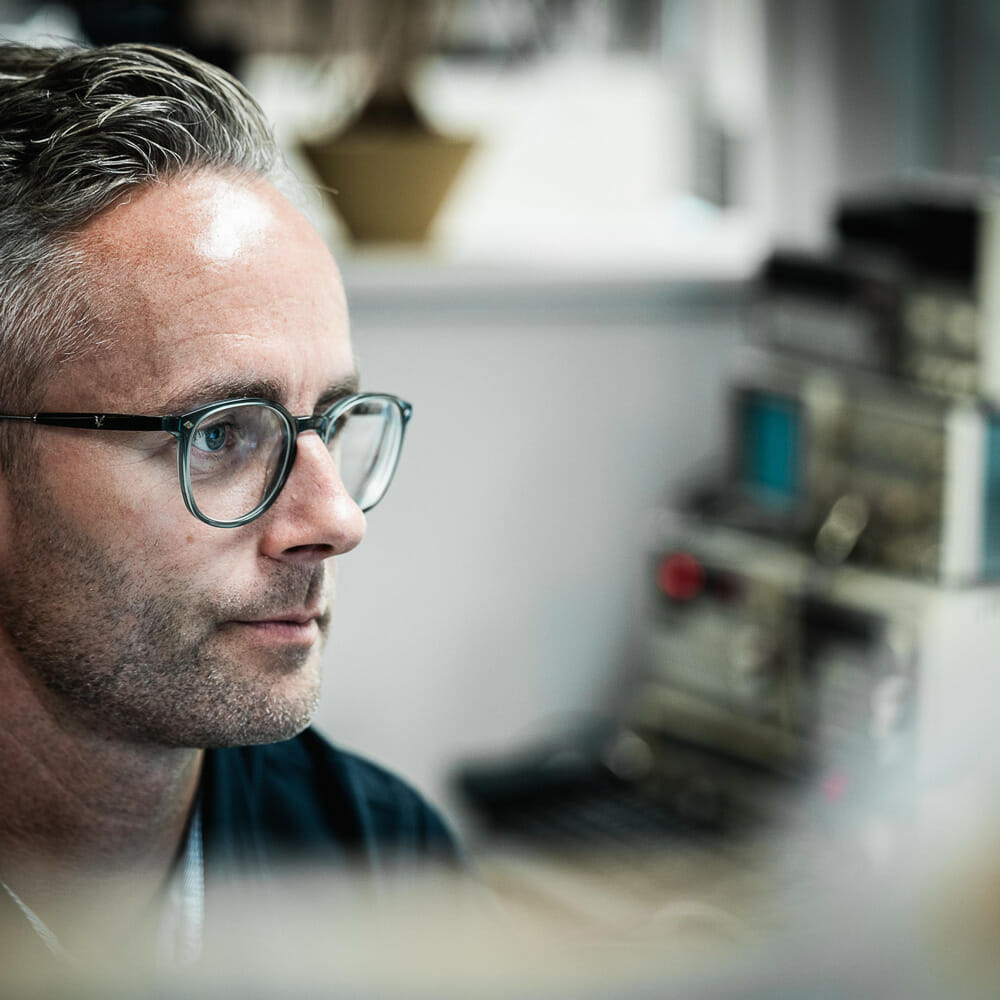- © 2025 Norsonic
- Privacy policy
- Created by NYG
Why calibrate?
We calibrate measurement instruments to verify the accuracy of the measurements devices and evaluate the validity of the measurement results.
Although the term calibration has a specific definition in metrology, acousticians use the term to refer to two different processes:
- Checking a measurement system with a sound calibrator (typically at the beginning and at the end of every measurement session).
- Tests conducted by laboratories to document that the measurement devices comply with relevant requirements (generally given in IEC standards). These tests are also known as periodic verification.
Checking a measurement system with a sound calibrator
The process of checking a measurement system with a sound calibrator is referred to as calibration in standards such as ISO 1996-2 and the ISO 16283 series. The check is done to ensure that the measurement system, for example a sound level meter, is working as specified. Some of the application standards describing measurement methods require calibration at the beginning and at the end of each measurement session. In this way, the operator can ensure that all data is correctly acquired and that nothing has changed during the measurement session.
Performing and documenting calibration is always important, especially if legal actions are to be taken based on the measurement results.
The starting point of the check is applying a calibrated sound calibrator, generating a known sound pressure level within given uncertainties, to the sound level meter or measurement system. The use of calibrators dates to those days when it was easier to design a stable calibrator than a stable sound level meter. Fortunately, this is no longer the case as sound level meters are as stable as calibrators. However, microphones are delicate devices which can be easily subject to damage unless great care is taken.
Using a sound calibrator
The actual calibration is then carried out by mounting the calibrator onto the microphone as shown in the picture above, and then switching the calibrator on. Sound calibrators such as Norsonic’s Nor1255 or Nor1256 are designed to produce a known sound pressure level at a given frequency.
If the sound level meter fails to indicate the correct sound pressure level, its sensitivity can be adjusted until it indicates the correct value. However, regulations in some countries do not allow adjusting the sensitivity of the sound level meter. Tolerances for the permitted deviations are given in those cases.
After this process, the sound level meter is said to be calibrated.
If the sound pressure level indicated by the instrument deviates significantly from earlier or nominal values and/or it is not possible to adjust the instrument to produce stable and correct results, a thorough check of the sound level meter will be needed.
Instrument classes
According to the international standard IEC 61672, sound measuring instruments are divided into different types, or classes, depending on their accuracy. A lower number indicates better quality and accuracy.
National and/or international standards applicable in your country may impose restrictions on which instrument types you may use for a given measurement task.
Obviously, the sound level meter is not the only part of a measurement chain which introduces uncertainties to the measurement results. The issue applies to sound calibrators as well. Hence, even these have been divided into several classes depending on their level accuracy and ability to maintain a stable level. This is to ensure that measurements made with high-quality precision sound level meters are not negatively affected by inaccurate calibration.
Periodic verification
Periodic verification takes the above a step further. On a regular basis (e.g. every year, every second year etc.) sound level meters, microphones and sound calibrators are examined and measured to determine their sensitivity, frequency response, accuracy in level, etc.
Periodic verification is always carried out by a calibration laboratory.
All instrumentation for acoustics should be subject to periodic verification to ensure proper, reliable operation. The Norsonic Calibration Laboratory (NCL) can do this for you — even if your sound measuring equipment is not manufactured by us!
Support

